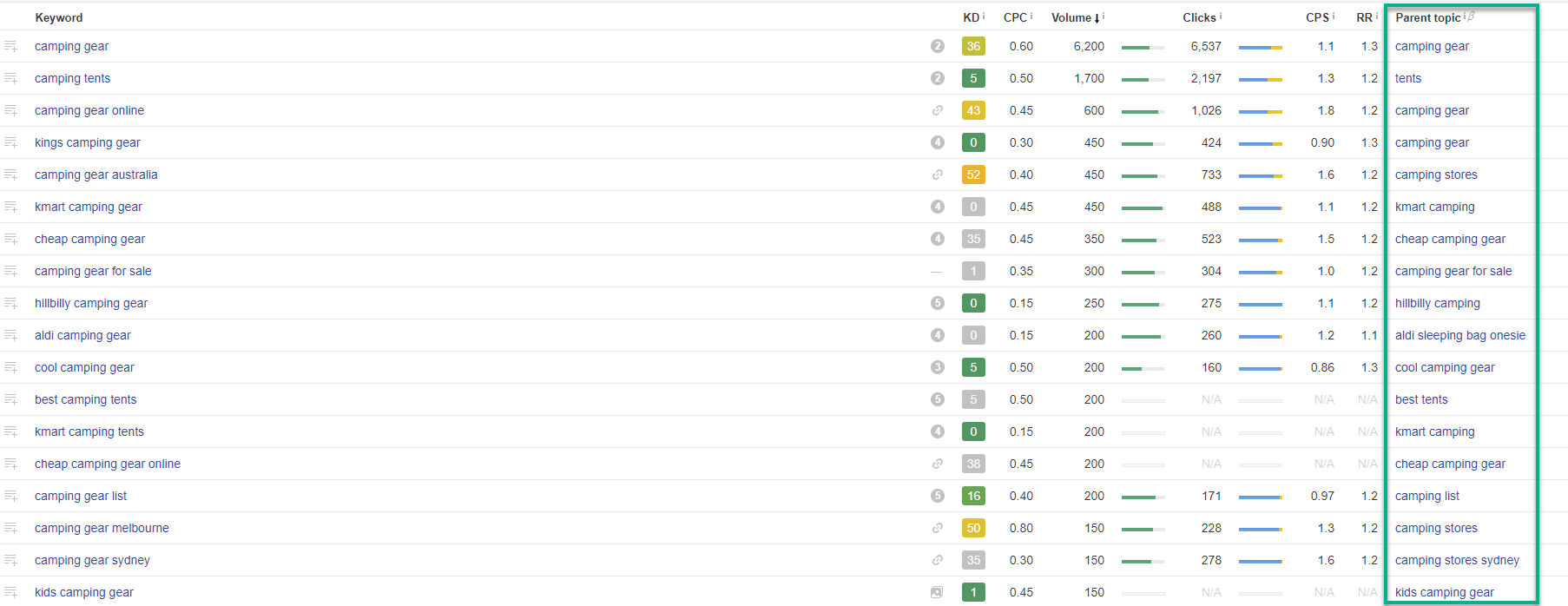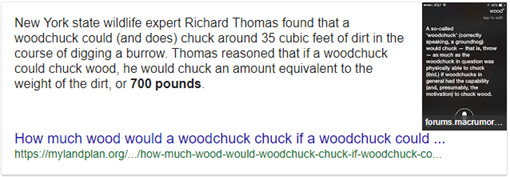What is an SEO strategy?
An SEO strategy is a guideline or plan, usually long term, in which SEO is mapped out in steps to improve organic visibility, by increasing your all-important key phrases and boosting organic search traffic. With the right SEO strategy in place, a business can expect an increase in both users being driven to their website, as well as a subsequent increase in revenue.
Whilst there is a cornucopia of information regarding SEO strategies and tactics, here are my top 5 popular SEO strategies being utilised in 2018:
- Focus on topics, not keywords
- 10x Content
- Featured Snippet/Schema Optimisation
- Video Content
- Optimise Voice Search
Focus on Topics, Not Keywords
Keywords used to be the most important part of any SEO marketing plan, but that’s no longer the case. With Google constantly upgrading and improving their search algorithms (learn about RankBrain if you haven’t heard of it), targeting topics instead of specific keywords is now possible. This allows you to create a content page around a particular topic, instead of multiple pages targeting specific keywords. If your content is well written, easily crawlable, contains relevant information about the particular topic and intelligently utilises keywords in titles & page headlines, Google will be able to make the connection.
Ahref’s Keyword Explorer is a great tool to categorise your keywords into topics:

10x Content
Before you start getting that phantom finger fatigue; 10x content doesn’t mean writing 10 times the amount of content that already exists for a particular topic, it means creating content that is 10 times BETTER than anything else currently out there.
There are many ways to do this, but the 6 main criteria necessary are:
- Great UI and UX
- High quality, interesting, and trustworthy content
- Approach topics from an original angle
- Create an emotional response
- Solve a problem or answer a question
- Deliver content in a unique style
Featured Snippet/Schema Optimisation

Featured snippets display direct answers to a search query, and are typically placed above the search results (giving this section the nickname of Rank #0) in Google searches.
Usually displayed as a short paragraph, table or list and are derived from one of the top-ranking pages for the particular search query. An image is also often included in a featured snippet.
When trying to write content for a featured snippet, page structure and structured markup is essential. The content needs to feel natural, while being made easy for Google to crawl through the use of lists and subheadings. Make sure you provide short, concise answers to the question being asked and that your content is helpful and easy to understand.
Structured markups via schema is a core part of many featured snippets, as it will provide Google with more information about what the article is about.
What is Schema Markup?

Schema markup is code placed on a website that provides search engines with information about the page and what it means. This then allows search engines to provide more informative results for users performing a search query. Schema can be used for any type of content, whether it be articles, local businesses, book reviews, or events.
Schema Markup can also be used for questions and answers, making it perfect for letting Google know that your article is providing an answer to a question a user may be asking.
The full list of available schema can be found on Schema.org, but for the most popular schema that you can use for your own business or blog, you can use a Schema Markup Generator.
Video Content
Video content is a powerful marketing tool and it’s no surprise that it’s increasing in popularity. In 2017, almost 5 billion videos were watched on YouTube every single day and that’s only one video platform.
Creating video content that is both engaging and provides users with something they can connect with – so not only does it provide value from an SEO perspective, but it makes your content more unique and delivers an overall better user experience for your audience.
Search results in 2018 are also giving prime front page real estate to video results for particular topics, so make sure your videos are optimised too!

Optimise Voice Search

Voice search is also another type of user search that is becoming more popular.
Nowadays a majority of searches are done on a mobile device and through the use of voice search, this becomes even easier (no hands required!).
Voice searches are more likely to be questions, so making sure your content is optimised for long tail search queries is a no brainer. Instead of “best sushi”, users are more likely to ask “What’s the best sushi place near me?”
If you’re looking for some more helpful SEO tips and strategies, check out these other Marketing.com.au articles:
Seven Key eCommerce SEO Tactics and Tools You Should Be Using
5 Must See Strategies Guaranteed to Boost Your Site’s Traffic
5 Simple Tips to Optimise Your WordPress Website for SEO and Increase Conversions


